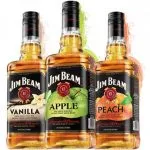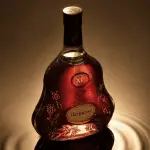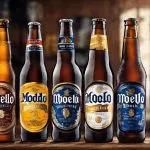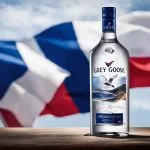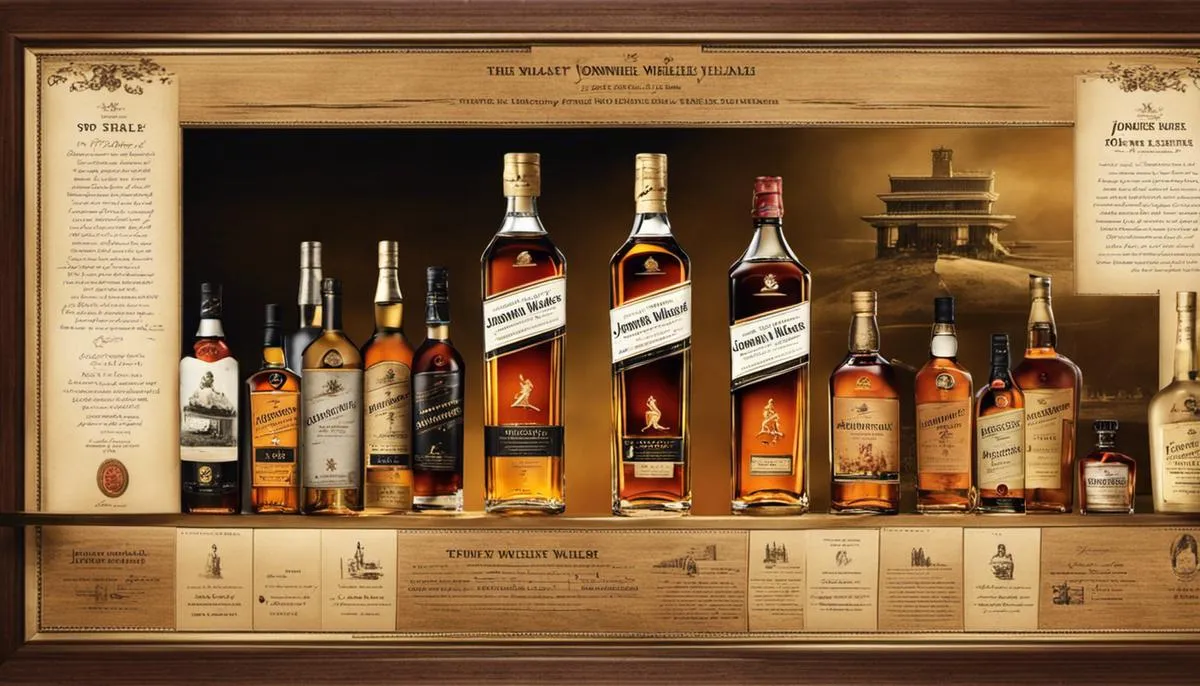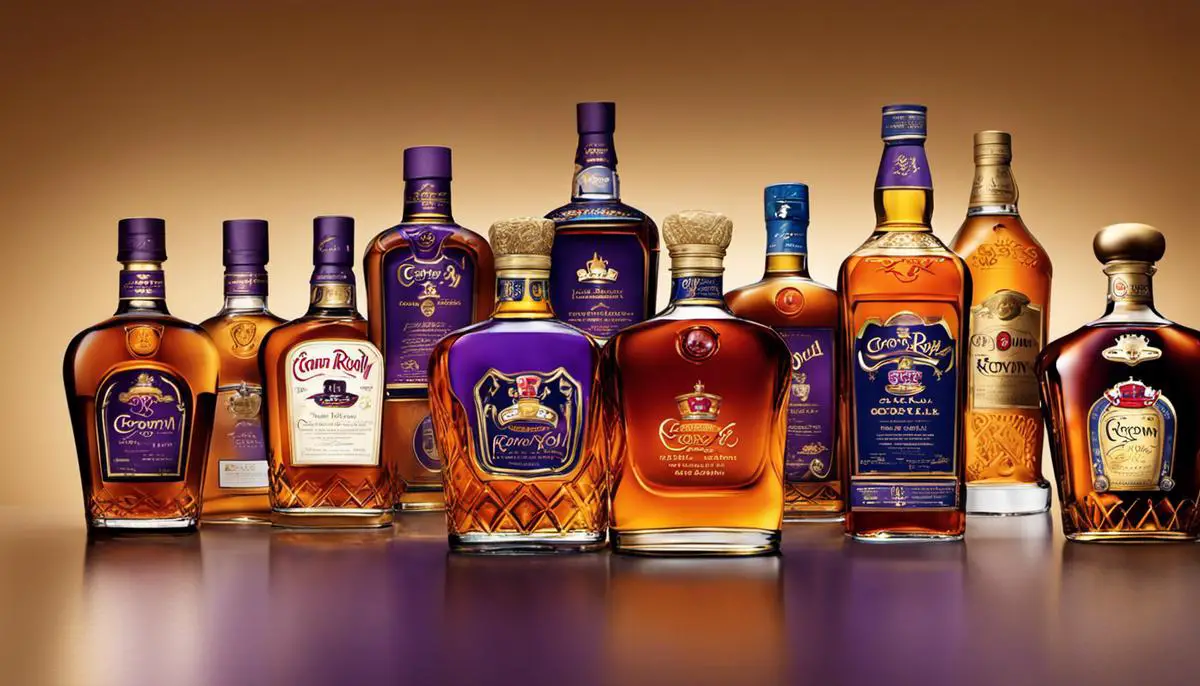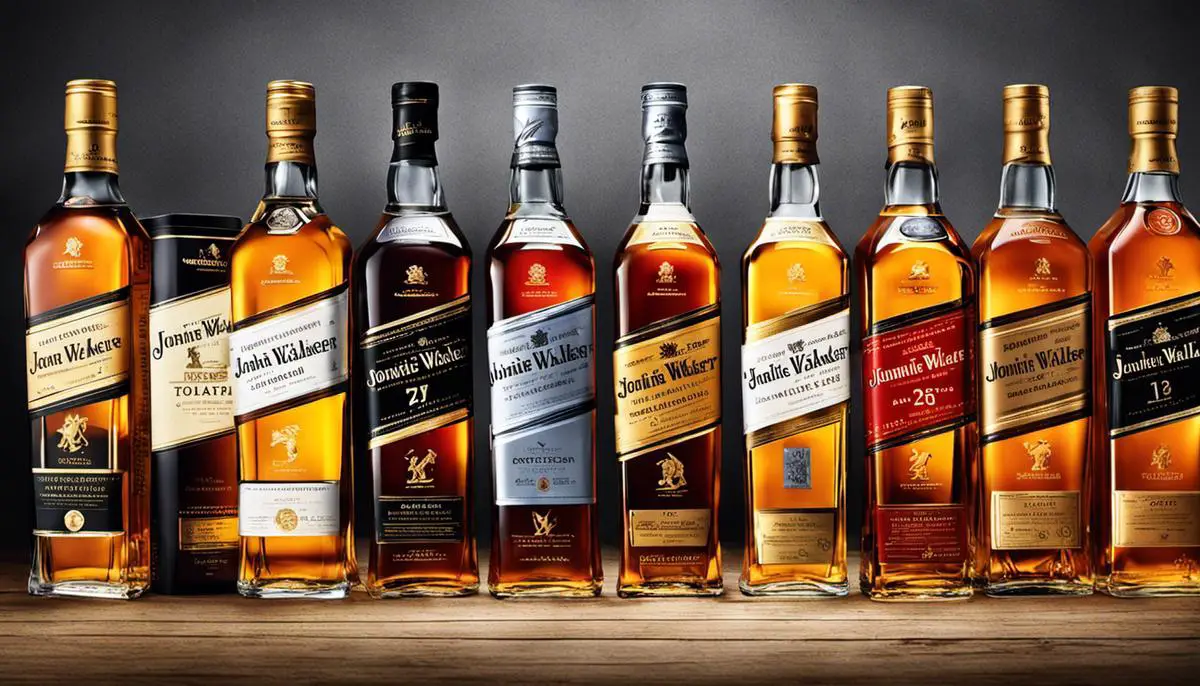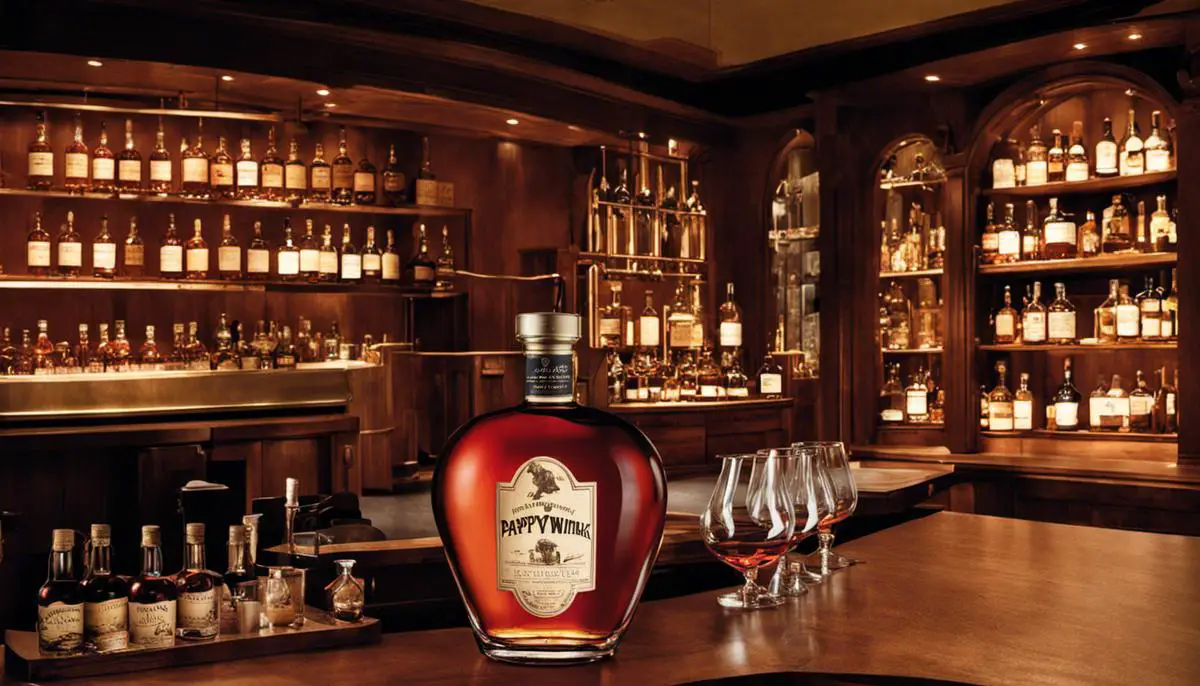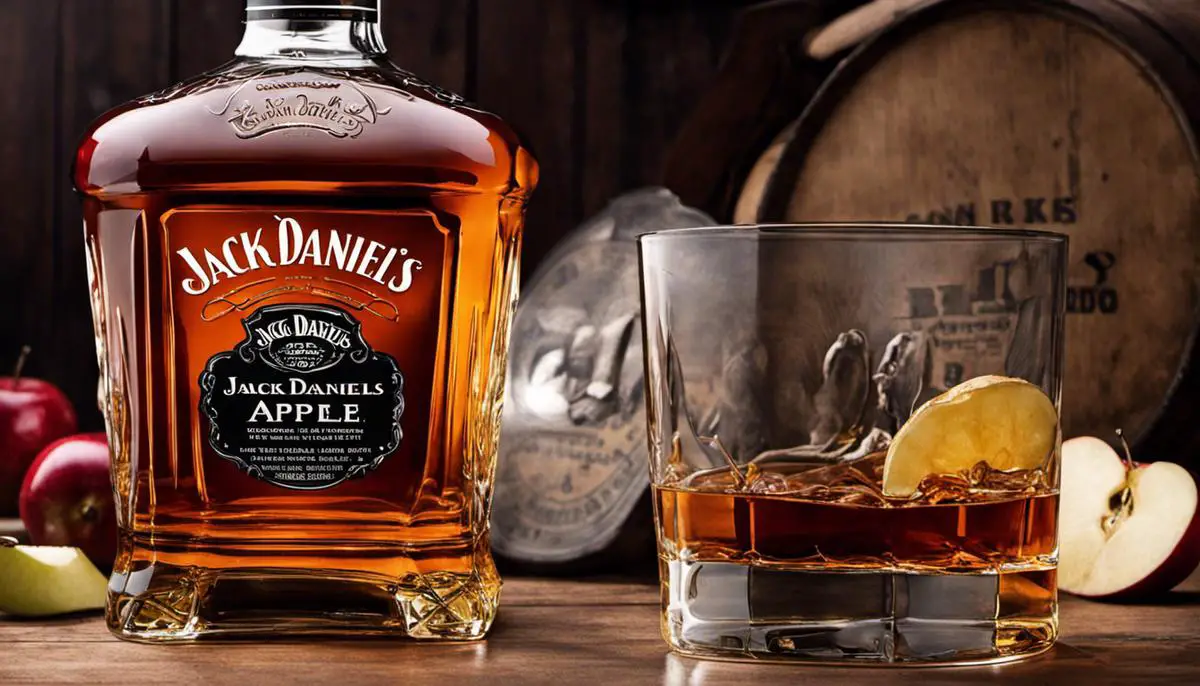Crafted with expertise passed down through generations, Johnnie Walker whisky has become a timeless icon in the world of spirits. Our exploration delves into the storied history of this remarkable brand, from humble beginnings to unrivaled global recognition. We’ll uncover the nuanced artistry of the Johnnie Walker range, providing an in-depth guide to each distinct blend and their characteristics. More than mere grains and distillation, these bottles hold a revered place in the collective scene, often fetching high prices in the market. This guide showcases the intriguing worth of vintage bottles, decoding aspects that determine their value like age, rarity, and condition. For aspirant collectors, we offer practical tips and tricks to initiate your Johnnie Walker collection and navigate the vibrant world of whisky collecting. Above all, we explore how whisky isn’t just a connoisseur’s delight, but also an alternative investment avenue worth considering.
History of Johnnie Walker
Origins of Johnnie Walker
Johnnie Walker brand was established by John Walker in the early 19th century in Scotland. Walker, a grocery shop owner, started blending various types of whisky to suit his customers’ tastes. The signature blends such as Johnnie Walker Red Label and Johnnie Walker Black Label were developed during this era. The distinctive square bottle shape and the slanted label with its iconic striding man logo were introduced in 1860. This notable packaging contributed significantly to the brand’s global recognition.
Evolution of the Brand
Over the centuries, Johnnie Walker has continuously evolved and innovated with new product lines. Their products include a series of colors with different taste profiles and prices aimed at various consumer segments. The main line includes Red Label, Black Label, Green Label, Gold Label, Platinum Label, and the prestigious Blue Label.
Significance in Global Beverage Industry
Johnnie Walker has gained exceptional fame in the global beverage industry due to its consistency in quality, innovative marketing strategies, and strong distribution networks. With sales in over 200 countries, it is reported to be the most widely distributed brand of blended Scotch whisky globally. In recognition of its significance, Johnnie Walker was honored with a royal warrant by King George V in 1934 enabling them to supply their Scotch whisky to the royal household.
Johnnie Walker Collectors’ Items
Much like wine collectors, Johnnie Walker collectors are individuals who appreciate the art of whisky making and the rich history it carries. They treasure limited edition releases, distinctive blends, and aged whiskies. Some collectors hunt for rare bottles, such as the 1805 edition of the Blue Label which was a limited run of 200 bottles made using spirits that were at least 75 years old. There also exists a collector’s market for vintage bottles and those with unique label designs, packages, or collaborations.
Special Editions and Collaborations
Johnnie Walker has also collaborated with various franchises and artists, launching special editions that have become sought after collector’s items. For example, the Game of Thrones editions with the White Walker and Song of Ice and Fire labels were launched to coincide with the popular series’ finale. Similarly, the brand released unique Johnnie Walker Blue Label bottles designed by artist Tom Lane to celebrate Chinese New Year, contributing to their recognition not only as a whisky brand but also as a part of popular culture.
The Impact of Johnnie Walker on Whisky Culture
Renowned for far more than its distinctive whisky, Johnnie Walker is a brand that holds a significant place in pop culture. It has played an integral part in shaping the global whisky culture through its devoted pursuit of craft perfection. This dedication has elevated its stature as a collector’s fascination. Collectors take immense joy in the diverse flavors offered by their color-codified blends, the allure of their limited editions, and the innovative expertise showcased in their collaborations, affirming Johnnie Walker’s commendable stature in their collections.
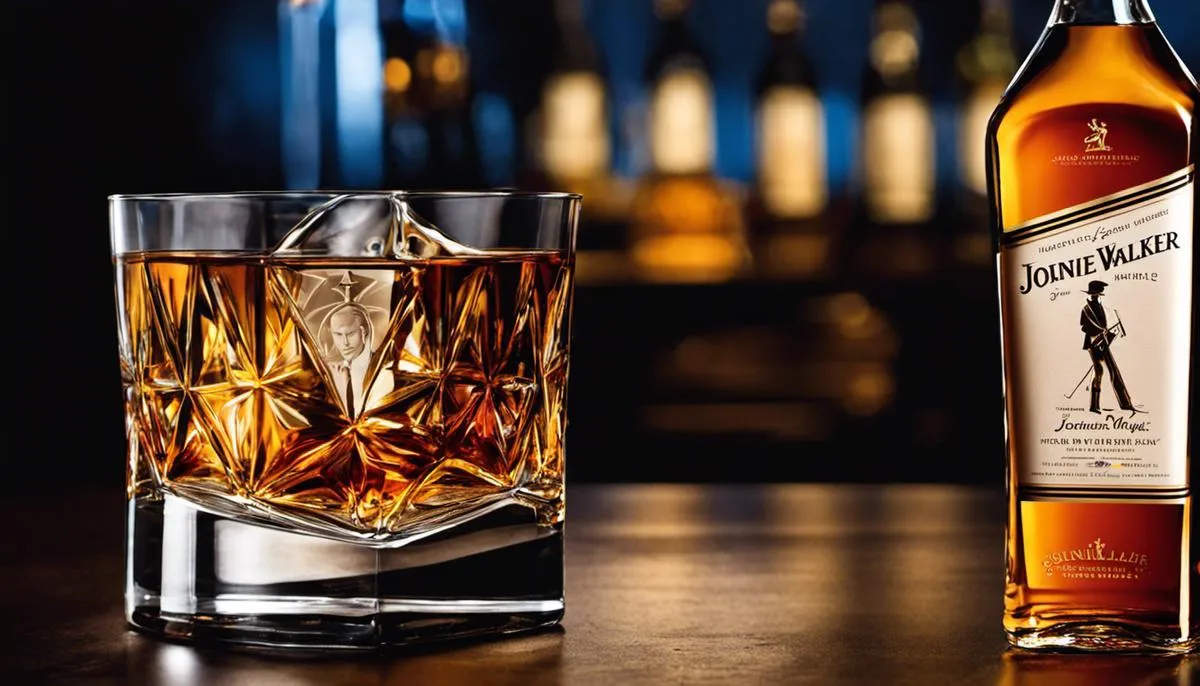
Guide to Johnnie Walker Range
Exploring the various offerings of Johnnie Walker
Johnnie Walker offers an array of whisky ranges, each unique in their taste profile, blending techniques, and distinguishing features. These ranges cater to a wide spectrum of whisky enthusiasts, from those looking for budget options like the Red Label to those seeking opulence and exclusivity with the Blue Label. This extensive range further establishes the appeal of Johnnie Walker to its fanbase and collectors alike.
Johnnie Walker Red Label
Johnnie Walker Red Label is often considered the starting point in the Johnnie Walker Selection. Known for its bold and characterful taste, it is expertly crafted using a blend of light whiskies from the East of Scotland and dark, peaty whiskies from the West, to create a well-rounded and versatile drink. It is often preferred for mixers and cocktails.
Johnnie Walker Black Label
A sophisticated step up from the Red label, Johnnie Walker Black Label is a 12-year-old blend with a smooth, complex, and layered character. This range showcases an impressive blend of about 40 whiskies, each aged for a minimum of 12 years, with a taste that is uniquely rich and smoky. It is enjoyed neat or with a small amount of distilled water.
Johnnie Walker Green Label
Johnnie Walker Green Label is a blended malt whisky, comprising only single malt whiskies aged for a minimum of 15 years. Green Label epitomizes the art of blending by crafting an ideal balance of vibrant fruitiness through Speyside malts and the smokiness of the malts from Islay, creating a wonderfully unique profile.
Johnnie Walker Gold Label Reserve
Johnnie Walker Gold Label Reserve is a luxurious and smooth whisky, with notes of vanilla and dark fruit. It’s made up of blends sourced from Speyside, Highlands, Lowlands, and Scottish islands, which is then matured in old oak casks for a distinct richness and depth.
Johnnie Walker Platinum Label
Platinum Label, also known as Johnnie Walker 18 years, is described as ‘the rich, contemporary blend for sophisticated celebration’. It features a blend of up to 18 different whiskies, each matured for a minimum of 18 years which gives it a deep, complex flavor.
Johnnie Walker Blue Label
The pinnacle of the Johnnie Walker selection, the Blue Label, is of premium quality, often collected and stored as a treasured possession by whisky enthusiasts. It embodies the artistry of the blender to capture an exceptional range of flavors in a complex, powerful, yet subtly smooth drink. This blend is made from some of Scotland’s rarest and most exceptional whiskies, each aged for a minimum of 25 years.
Collecting Johnnie Walker: The Passion and Precedent
Bearing the expertise of master blenders and the refinement of top-grade oak casks, every bottle of Johnnie Walker undeniably captures many-a-whisky lover’s taste and fascination. The distinct flavor profiles offered by the label colors classify not just taste and luxury, but also the prestige and value of each bottle. This is one of the reasons why collecting these bottles has captivated many. The Blue and Platinum labels, for instance, are particularly enticing for collectors, often being used to mark significant milestones or as tokens of sophistication in the vast world of whisky. The possession of a Johnnie Walker Blue or even a rare blend signifies exclusivity, making Johnnie Walker a sought-after name among whiskey enthusiasts.
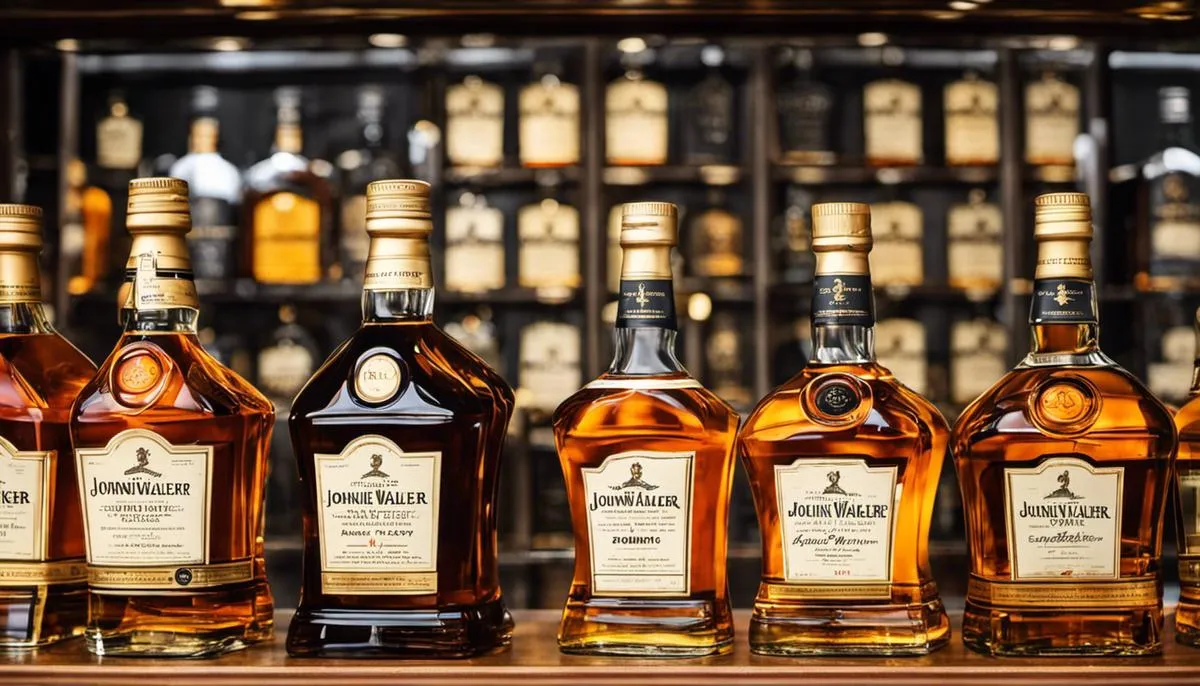
Understanding the Worth of Vintage Bottles
Evaluating Vintage Johnnie Walker: Worth and Factors
Determining the value of vintage Johnnie Walker bottles is not unlike appraising various other collectibles. A spectrum of factors comes into consideration when assessing these vintages for their worth, which include elements like the bottle’s age, rarity, the condition it’s kept in, and its provenance. Knowledgeable collectors utilize these characteristics to gauge the value of a bottle, rendering each item unique in its valuation.
Age
Age is a primary factor in assessing the value of a vintage Johnnie Walker bottle. Generally, older bottles have a higher worth because they are less common, and hence more sought after by collectors. The whisky in an older bottle has had more time to mature, which improves its taste and quality.
Rarity
Rarity is another crucial determinant of a bottle’s value. If a particular Johnnie Walker bottle type was produced in limited numbers or for a limited time, it would likely have a higher value due to its rare status. Special editions or celebratory bottlings, often crafted in small quantities, can be highly prized in the collectibles market.
Condition
The condition of the bottle and its packaging can significantly impact its value. A bottle in pristine condition, without any damage, with its original packaging, label and sealing intact, will fetch a higher value than a similar bottle with signs of wear and tear. So, it’s essential for collectors to handle and store their bottles carefully.
Provenance
Furthermore, the term ‘provenance’ refers to the bottle’s history or origins and is an essential factor in determining its worth. A bottle’s value increases if it has a clear, traceable history, especially if it was owned by a notable figure or stored under excellent conditions. For example, a vintage Johnnie Walker bottle from a famous person’s collection or from a historic event can carry a considerable premium.
Market Demand
The final piece of the puzzle in understanding the worth of vintage Johnnie Walker bottles is market demand. The principles of supply and demand apply here as in any market. A bottle’s value can greatly increase if there are many interested buyers but only a limited quantity available.
Overview
The value of antique Johnnie Walker bottles is determined by a variety of factors including age, rarity, condition, provenance, and overall market demand. It’s recommended that prospective collectors take the time to learn about these aspects in order to make well-informed investment choices. Although constructing a collection of vintage Johnnie Walker bottles can potentially prove to be a lucrative endeavor, it does require a degree of patience, substantial knowledge, and a discerning eye for detail.
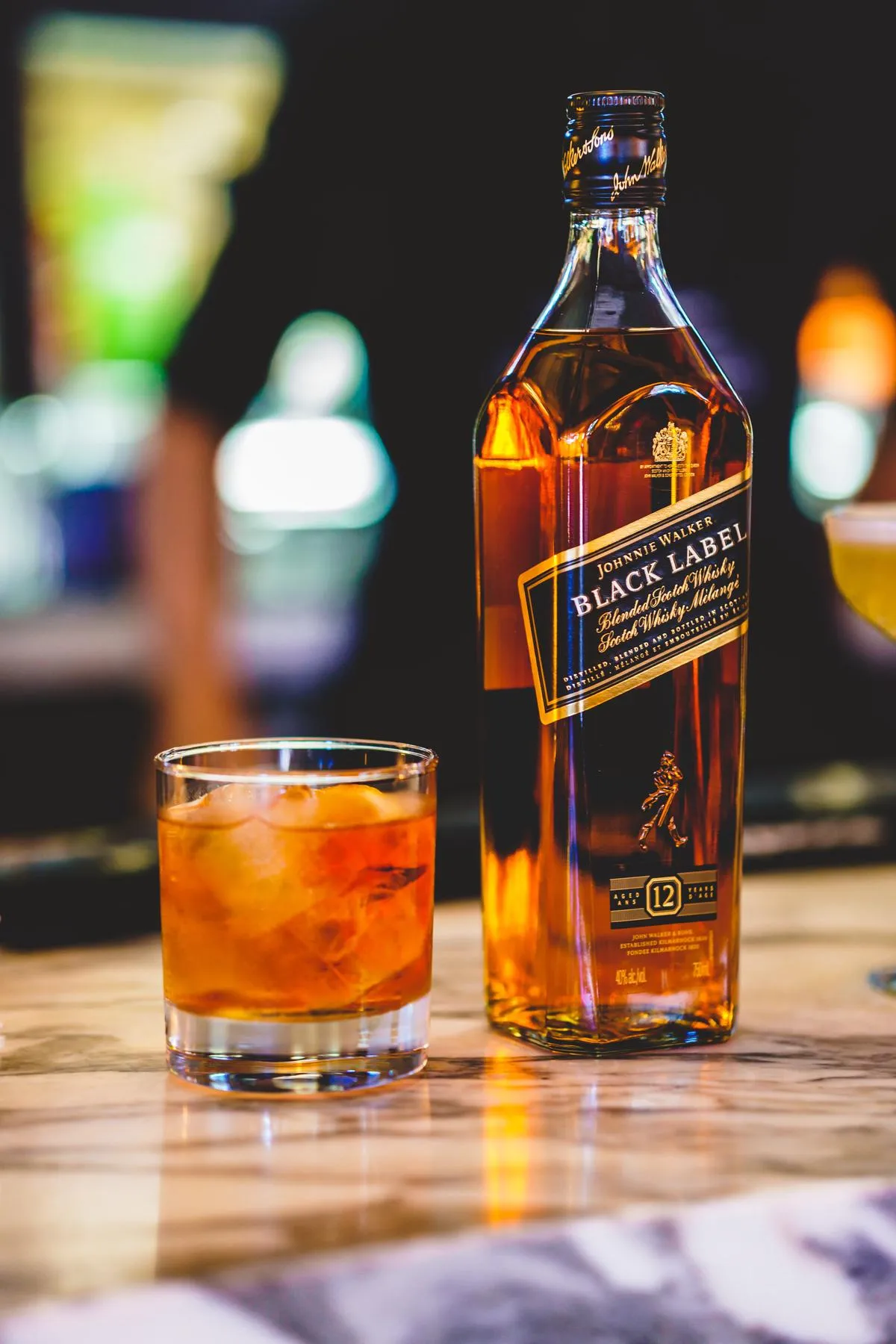
Photo by briannjoness on Unsplash
Tips on Collecting Johnnie Walker
Initiating your Collection
Immersing oneself into the world of Johnnie Walker collecting starts with distinguishing what kind of Johnnie Walker whisky interests you the most. From their mainstream Black Label and Red Label to the more sought-after Blue Label and their distinctive limited-edition collections, Johnnie Walker presents a wide array of choices. You can opt to gather an assortment from their entire catalog or concentrate solely on one specific line.
The quest for special bottles can lead you to various venues, including online auction sites such as eBay, niche online whiskey shops, or even your local liquor establishments. Participating in whiskey expos and tastings could expand your network with fellow enthusiasts and provide opportunities to acquire rare or historical bottles.
Authentication of Bottles
In authenticating your desired Johnnie Walker bottle, pay close attention to details such as packaging, labels, and the sealing of the bottle. The presence of a unique serial number, age statement, and official branding are crucial elements of authentic bottles. However, be cautious of counterfeit bottles; if the price seems too good to be true, it probably is. You can verify your bottle’s authenticity by comparing it with confirmed genuine bottles, either from trusted online resources or whiskey collecting guidebooks.
Storage Advice
When storing a Johnnie Walker bottle, ensure it is standing upright in a cool, dark place with an even temperature, preferably between 15 and 20 Degrees Celsius. Exposure to sunlight, drastic temperature changes, and cork contact with the whiskey can harm the bottle’s contents.
Maintaining Condition and Increasing Value
Maintain the brand-new condition of your collection by handling bottles minimally and carefully, keeping packaging intact, and replacing any damaged labels or packaging as soon as possible. A bottle with its original packaging in excellent condition usually has a higher value than one without.
Moreover, limited-edition, discontinued bottles, or bottles with packaging designed by famous artists tend to increase in value over time. If you’re collecting with the aim of investment, these can be particularly good purchases.
Continuing education in Johnnie Walker products and trends will also be beneficial in increasing your collection’s value. Recognize when certain bottles are less available in the market or when a new product is predicted to be a future collector’s item. This foresight could help you invest in bottles that will appreciate significantly after purchase.
Building Relationships with Fellow Collectors
Through initiating relationships with other Johnnie Walker collectors via means such as internet forums, in-person meetings, and formal tastings, you can greatly enrich your understanding and expand your collection. These collector communities often act as an information hub for members, offering insights on upcoming releases, special deals, and elusive bottles. This not only makes it an invaluable asset on your journey as a collector but also encourages mutual sharing of knowledge and resources.
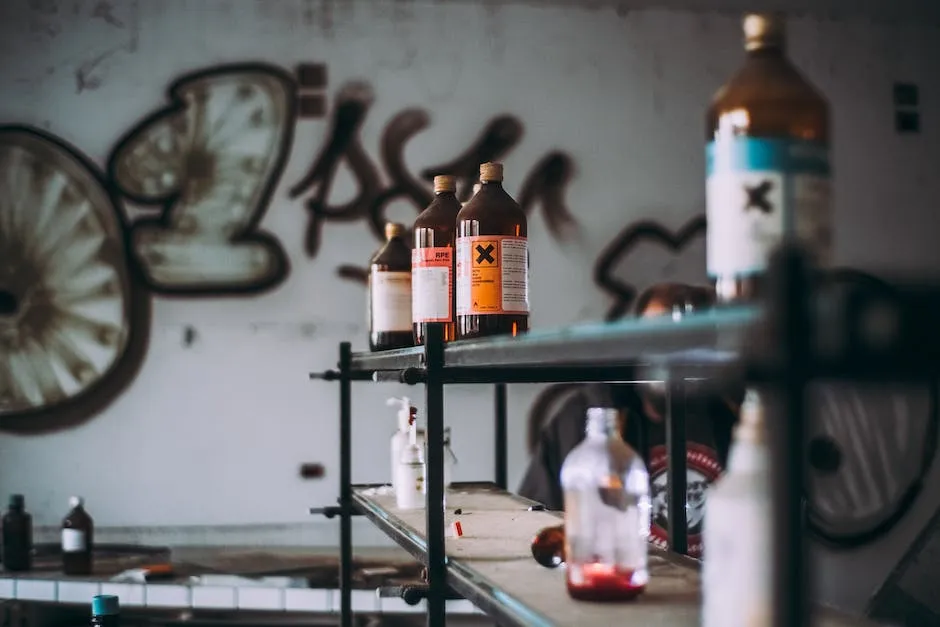
Investing in Whisky Collection
Recognizing the Value in Collecting Whisky
Whisky collecting, especially staple brands like Johnnie Walker, has emerged as an unconventional yet increasingly appreciated form of investment. This nascent interest stems from several aspects that add to its financial potential. Unlike wines or beers, whisky does not spoil or age upon bottling, thus preserving its flavor for an indefinite period. Further, points like the aging process, brand esteem, scarcity, and presentation all add to a whisky’s worth. Johnnie Walker, with its worldwide acclaim for quality and varied expressions, becomes an intriguing prospect for collectors and investors alike.
Factors to Consider When Investing in Johnnie Walker
Before plunging into whisky collecting or investing, it is crucial to have a good understanding of the factors that contribute to a bottle’s value. The age of the whisky is a significant factor, as older whiskies are generally seen as more desirable and can command higher prices. Also, rare or limited editions, like the Johnnie Walker Blue Label King George V or the John Walker & Sons Private Collection, are higher in value due to scarcity. The condition and packaging play roles as well. Bottles in their original box or casing, especially if they are undamaged and unopened, are more appealing to collectors and warrant higher price tags.
Market Trends in Whisky Investments
Notably, whisky investments have become more mainstream in recent years due to increasing buyer interest across the globe. In markets like Asia, the Middle East, and even parts of Africa, appreciation for premium whisky like Johnnie Walker is growing. Whisky investments have provided reasonable returns to investors with certain rare bottles appreciating up to 50% within a few years. Experts note that while this appreciation won’t always be consistent or guaranteed, trends point to a growing segment of alternative investing in high-quality spirits like Johnnie Walker.
Best Practices for Whisky Collectors
For novice investors considering whisky collection, a few best practices can ensure a positive experience. Firstly, always store whisky bottles upright and away from heat or sunlight, which could degrade the cork and potentially the whisky itself. Given whisky’s sensitivity to temperature fluctuations, a cool, stable environment is paramount. Secondly, ensure the authenticity of the whisky before purchasing to avoid being duped by counterfeit products. Lastly, like any other investment, diversification is key. Investing your resources in a variety of Johnnie Walker whiskies will mitigate the risk and potentially increase the yield.
Precautions for Whisky Investors
While whisky collection holds the potential for profitable returns, it also comes with risks. Counterfeit whiskies are a significant concern in the market. As such, buying from reputable sellers, checking the integrity of the seal, and validating the authenticity of the package and label ensures the product’s legitimacy. Moreover, whisky investments are illiquid, meaning there could be a considerable time gap between buying and selling. Therefore, it requires careful thought, patience, and an understanding that it’s more of a long-term investment than a quick profit opportunity.

Whether you are a seasoned collector or a novice enthusiast, the realm of whisky collecting provides a unique avenue for tangible and intangible gains. The insights provided herein help unravel the mystique of Johnnie Walker, highlight different factors that influence the value of vintage bottles and detail the precautions while investing in whisky. Knowledge about this iconic brand, about each of its range, about starting a collection and maintaining the same not only enhances the joy of possessing these classic bottles but also assists in informed decision making while investing. Embrace the intricate journey of Johnnie Walker, appreciate the craftsmanship, engage in the thrill of finding rare bottles, and relish owning a piece of this illustrious brand history.

